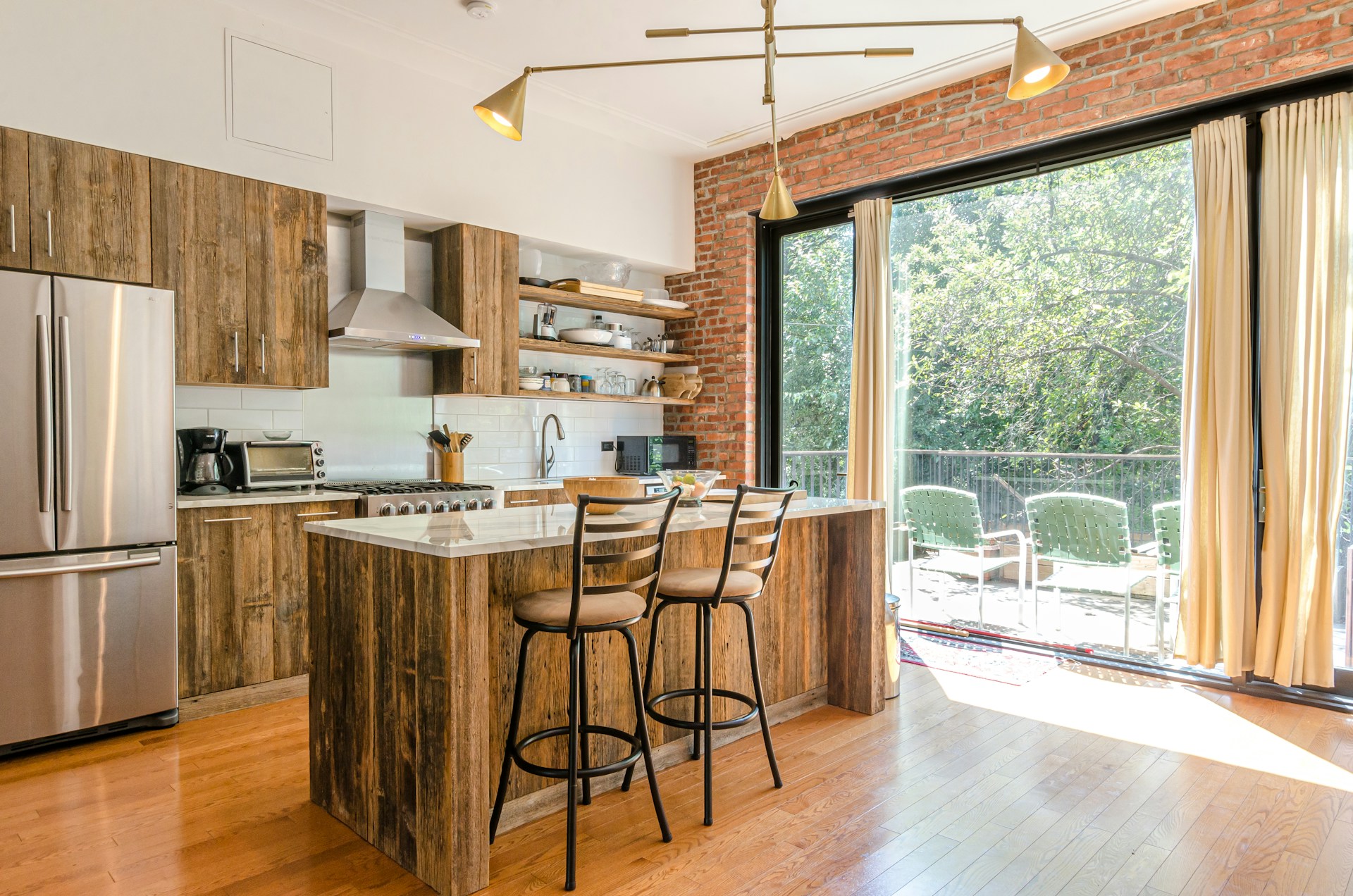Smart Home Improvements That Add Value Before You Sell

If you're thinking about selling your home—whether it's in Florida, Massachusetts, or anywhere else—investing in the right home improvement projects can significantly boost your property's resale value. The key is choosing upgrades that enhance both curb appeal and functionality. From energy efficiency to aesthetic charm, here are the smart home upgrades that make the biggest impact.
1. Upgrade Your Roof for Long-Term Value
One of the most overlooked yet vital improvements is upgrading your roof. Many homeowners wait until visible leaks or storm damage forces them into a roofing project. However, preemptively investing in a new roof especially in climates prone to extreme weather that increase your home's appraised value and attract serious buyers faster.
A strong example is the experience of homeowners in humid climates. A high-performance roof protects not only from storms but also from long-term humidity-related issues like mold, wood rot, and energy loss. Buyers look for homes that won't surprise them with major repair costs.
According to Wikipedia, "A roof is part of the building envelope and is the covering on the uppermost part of a building or shelter which provides protection from animals and weather, notably rain or snow." In real estate terms, that translates to a protective shield for your investment—and for the future buyer's peace of mind.
2. Energy-Efficient Windows and Insulation
Buyers today are much more conscious about energy costs. Replacing old, drafty windows with double- or triple-pane energy-efficient models not only reduces monthly bills but also makes the interior more comfortable year-round.
Pair new windows with upgraded insulation especially in older homes and you'll have a combination that appeals to both budget-savvy and eco-conscious buyers. A properly insulated attic, for example, can reduce energy loss by up to 30%, according to Energy Star data.
3. Kitchen Improvements (Without Going Overboard)
A full kitchen remodel can be costly and isn't always necessary to increase a home's value. Instead, think in terms of minor upgrades that make the space feel fresh and modern.
Focus on replacing outdated appliances with stainless steel models, refinishing or painting cabinetry, and updating lighting fixtures. Even small touches like a new backsplash or modern cabinet hardware can provide a solid return on investment.
4. Bathroom Updates That Wow
Like kitchens, bathrooms play an important role in a buyer's impression of a home. Replacing old vanities, re-caulking tubs, and installing new faucets or shower heads can dramatically change the space's appearance. If your home has only one bathroom, adding a half-bath—if space allows—can be a game-changer for resale value.
Also, consider accessibility features like grab bars or walk-in showers, which widen your buyer pool to include aging homeowners or families with special needs.
5. Landscaping and Outdoor Living Areas
Curb appeal begins the moment a buyer pulls into the driveway. An unkempt lawn or empty backyard can turn buyers away before they even see the inside of your home. On the other hand, a beautifully landscaped yard with native plants, mulch, and a few outdoor lighting fixtures can provide a welcoming atmosphere.
In regions with mild winters—like Central Florida or parts of California—outdoor living areas are a huge selling point. Consider installing a paver patio, pergola, or outdoor kitchen to show off the home's potential for entertaining.
6. Smart Home Technology
Smart thermostats, keyless entry systems, video doorbells, and smart lighting controls are no longer futuristic gadgets—they're becoming expected features. These upgrades signal to buyers that your home is modern, connected, and convenient.
Best of all, many of these improvements are relatively inexpensive but add perceived value far beyond their cost.
7. Paint for a Fresh Look
A fresh coat of paint remains one of the most cost-effective ways to improve the look and feel of your home. Stick with neutral, light colors to help buyers visualize their own belongings in the space. Avoid trendy or overly bold colors that may limit appeal.
Pay special attention to entryways, hallways, and high-traffic areas, which can often look worn even if the rest of the home is in good condition.
8. Repair Before You Replace
Sometimes, you don't need a complete renovation. Focus on repairing what you already have—whether it's refinishing hardwood floors, repairing cracked tiles, or power washing dirty exterior siding. These small improvements often yield high returns without requiring a full remodel budget.
Expert Insight: Focus on What Buyers Can't See
Every home improvement project should be approached with a long-term mindset—especially if you're planning to sell. Focus on updates that not only make your home more livable but also attractive to future buyers.
As Brandon Losik, an expert from a roofing company in Central Florida, puts it: "The strongest return on investment often comes from the improvements you can't always see, like a reinforced roof, updated insulation, or a sound drainage system. They're not flashy, but they're what savvy buyers ask about first."
A fresh coat of paint, smart home technology, or a few exterior updates—well-chosen improvements speak volumes about how well a home has been cared for. The goal isn't just to sell—it's to help buyers feel confident they're buying something built to last.
Frequently Asked Questions
Q: What home improvements add the most value before a sale?
A: Roof replacement, updated kitchens, modern bathrooms, and energy-efficient upgrades consistently offer the highest returns.
Q: Should I invest in a new roof before selling?
A: In areas with harsh weather like Florida,yes. It prevents negotiation setbacks and builds buyer confidence.
Q: Are smart home features worth it?
A: Yes. Many buyers expect features like smart thermostats, lighting, and video doorbells. They're affordable and increase appeal.
Q: What's better: full remodels or cosmetic fixes?
A: Often, small-to-midsize updates (painting, fixture replacements, minor landscaping) yield better ROI than full-scale remodels.